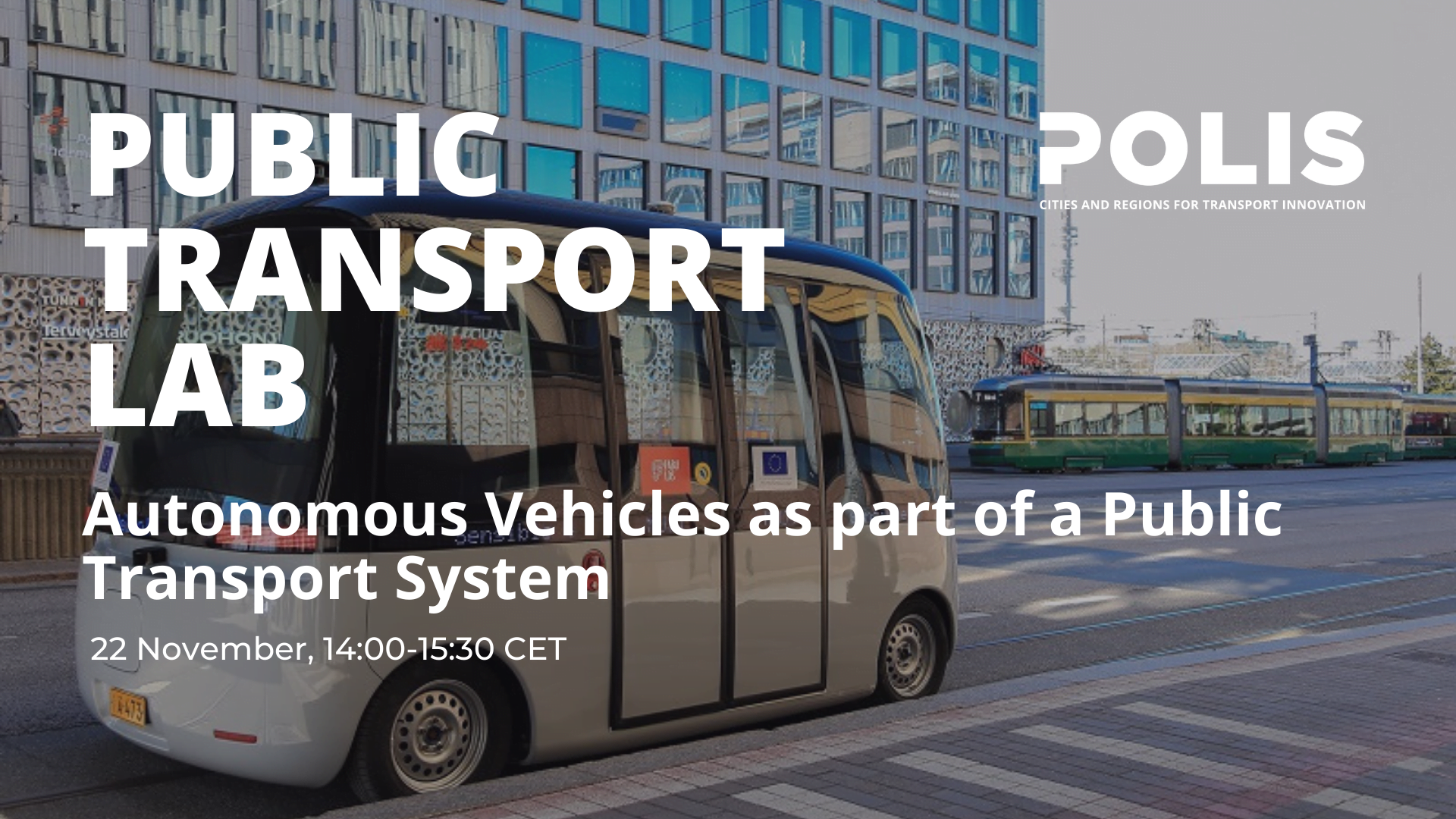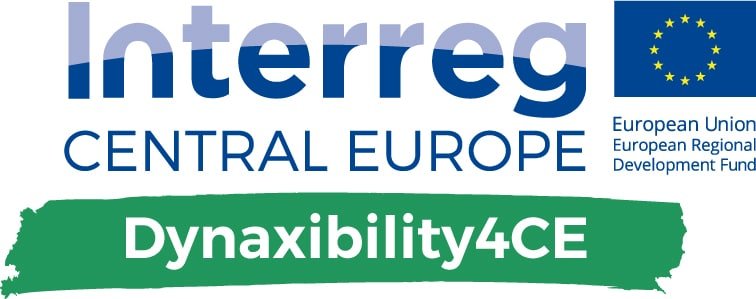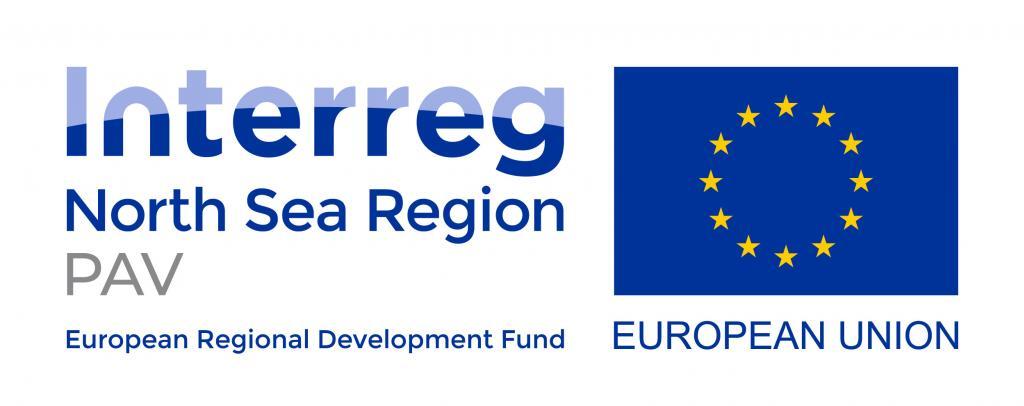Public Transport Lab gets automated
Development and deployment of Automated Vehicles (AVs) are attracting increasing media attention. When will these technologies be ready? Where will they be rolled out first? What will be the effect? These are questions on everyone’s lips.
Yet, the role of AVs in public transport, and the elements required for a successful integration with the existing networks receive far less consideration. If AV technologies are to achieve their promise, this needs to change- fast. However, this requires exploring the entire AV ecosystem.
This penultimate Public Transport Lab webinar, moderated by POLIS’ Laura Babío, brought together several pilot projects- projects PAV, Dynaxibility and Ride2Autonomy- to explore the current state of AV technology and how sensors, AI, positioning systems- and more- are being tested, scaled and integrated into transit systems across Europe.
“The question that everyone involved in AV development should be asking is ‘how can we deploy AV to ensure maximum benefits and minimum negative impact?’. At POLIS, we are working with public authorities to help them find out the answer to this key question, trying to figure out what is the problem that the deployment of AV could tackle and solve,” said Laura Babío.
Region Auvergne-Rhône-Alpes: Piloting new solutions together
Addressing the challenges ahead requires bringing the entire mobility sector together. This has been the Auvergne-Rhône-Alpes Region’s approach.
The Region, together with CARA (European cluster for mobility solutions), established a collaborative ecosystem in order to prepare for automated driving and anticipate future needs for public regulation, planning, infrastructure and safety validation.
The project includes organisations of all different sizes.
“We have SMEs, laboratories, educational institutions and others- all working together to make projects a reality, and address the entire automotive ecosystem; from legal and regulatory issues, to safety validation and infrastructure,” said Guillaume Traverse, from the region.
The project deploys a variety of experiments, including shuttle and logistics- a sector being transformed by automation. One such pilot the project is trialling is goods transport solutions on closed sites and automated transport solutions for the delivery of the last km in town centres under remote supervision between 2022 and 2024.
Simultaneously, the project has been exploring wider use cases for urban delivery (B2B shuttles on a pre-determined circuit , B2C shuttle with mobile locker system) as well as medium and long haul (Autonomous toll2toll with pilot and Autonomous toll2toll on dedicated lanes)- with further deployment of new technologies in airports and ports planned.
Smart mobility is a major sector of excellence of Region Auvergne-Rhône-Alpes. The Region notably offers an incomparable range of skills and expertise in the field of connected and autonomous vehicles for professional use.
“Automation could have a negative impact, but our goal is to ensure socio-economic benefits are maximised to ensure we move away from this “replacement” narrative, to ensure we all understand the real trends and patterns,” asserted Traverse.
Ride2Autonomy pilots new fleets
Jaap Vreeswijk from MAPtm and Christian Riester from Pendel Mobility joined the webinar to explore Ride2Autonomy, a project POLIS is part of.
The project will demonstrate autonomous shuttles' integration into the transport system in ten EU cities, helping to develop new passenger mobility concepts leading to healthier, safer, more accessible, sustainable, cost-effective and demand-responsive transport- while also assessing the ways in which MaaS concepts can be integrated with AV technologies.
“These are a diverse set of pilots, both geographically and the user groups involved,” said Vreeswijk.
One pilot in Barcelona is testing the integration of an AV shuttle at the port.
As cities and regions seek to foster smarter and more environmentally friendly modal options, with Barcelona seeking to achieve 65% of journeys completed by public transport by 2025. This means finding new ways of expanding and enhancing fleets.
“This is the first stepping-stone in a larger movement, and we hope this can be a success case, leading to wider deployment across public transport and logistics,” said Riester- presenting the details of the pilot.
“This also enables local stakeholders to gain experience in what it means to deploy such a service.”
The Swedish experience : Overcoming challenges
The PAV project has also been experimenting with AVs. The project aims to stimulate the up-take of electric and shared AV by developing green transport and spatial planning strategies that incorporate AV. To facilitate AV up-take and integration, PAV seeks to provide local authorities with the necessary knowledge and methodology to fasten the introduction of such technology.
Through a short demonstration in Varbergs' coastal district, the project explored the potential for AVs for use of tourist transport. Max Wehlin, from Varbergs Komune provided an honest and open exploration of the key challenges for deployment- and options for overcoming these.
“We did have a lot of challenges, due to COVID restrictions, system operations, and interaction between the vehicle and other road users- including 2 break downs and many emergency brakes,” said Wehlin
However, the cooperation between public transport companies, service provider, as well as positive response from the city, enabled 800 trips across the pilot.
The pilot provided some key learnings for future deployment, including:
- Need for more than one vehicle to provide a stable and reliable service
- Need for a support infrastructure close to the area where the AVs are to operate
- A higher speed is necessary to be a real alternative – especially for use in the countryside
From pilot to implementation strategy: Dynaxibility4CE presses forward
Once the pilots are finished, what next? Project outcomes must be capitalised on to understand how AVs can be integrated into the public transport system- and across urban mobility.
The Dynaxibility4CE project aims to increase the ability of public transport authorities to deal with these new trends by developing strategies and tools for public transport authorities that strengthen their planning capacities and thereby make them key actors for creating low-carbon and low-pollution mobility systems in our cities and regions.
The project is answering key questions:
- What mobility aspects need to be considered?
- What new skills are required for local authorities? Adaptation of organisational structure?
- How do we engage with citizens?
- How to ensure development of user-centric services?
To do so, it is addressing planning for new mobility trends (strategies); including Cooperative, Connected and Automated Mobility (CCAM), Urban Vehicle Access Regulations (UVAR) and Mobility as a Service (MaaS)- with workshops Identifying knowledge gaps, key challenges and references, collecting feedback from local authorities and building cooperation with other projects and experts.
“There is a clear need for a functional urban area approach, which plans for urban, peri-urban and rural areas, exploiting synergies between other technologies and operations,” said Daniel Franco from Rupprecht Consult- presenting results from Stuttgart and Leipzig.
About the project featured:
PAV: The PAV project aims to stimulate the up-take of electric and shared AV by developing green transport and spatial planning strategies that incorporate AV. To facilitate AV up-take and integration, PAV seeks to provide local authorities with the necessary knowledge and methodology to fasten the introduction of such technology.
Dynaxibility4CE: Dynaxibility4CE aims to increase the ability of public transport authorities to deal with these new trends by developing strategies and tools for public transport authorities that strengthen their planning capacities and thereby make them key actors for creating low-carbon and low-pollution mobility systems in our cities and regions.
Ride2Autonomy: Ride-to-Autonomy will demonstrate autonomous shuttles' integration into the transport system in ten EU cities Ride-to-Autonomy will help to develop new passenger mobility concepts leading to healthier, safer, more accessible, sustainable, cost-effective and demand-responsive transport.
Key points addressed:
Addressing the entire AV ecosystem: While conversations have revolved around WHICH transit modes will be automated first, this webinar revealed the need to address the ENTIRE urban mobility network first- understanding how each will affect one another.
Getting local stakeholders involved: Pilots, like that in Barcelona, are opportunities for those working in the sector to gain hands on experience using AV technologies, and how these can build on current activity.
Data: Managing data ownership is critical issue for scaling up of pilots. While many projects intend to share their data, the manner in which this is done must be clear.
Choosing testing facilities: selecting appropriate testing sites is critical for understanding interactions between AVs and surrounding transport
Connecting AVs and other new technologies: AV technologies should be explored in tandem with other new mobility solutions, including MaaS, ridesharing, alternative fuels- and others.
Want to know more?
This webinar built on themes discussed across POLIS’ Traffic Efficiency Working Group. For further information, contact Suzanne Hoadley or Laura Babio


